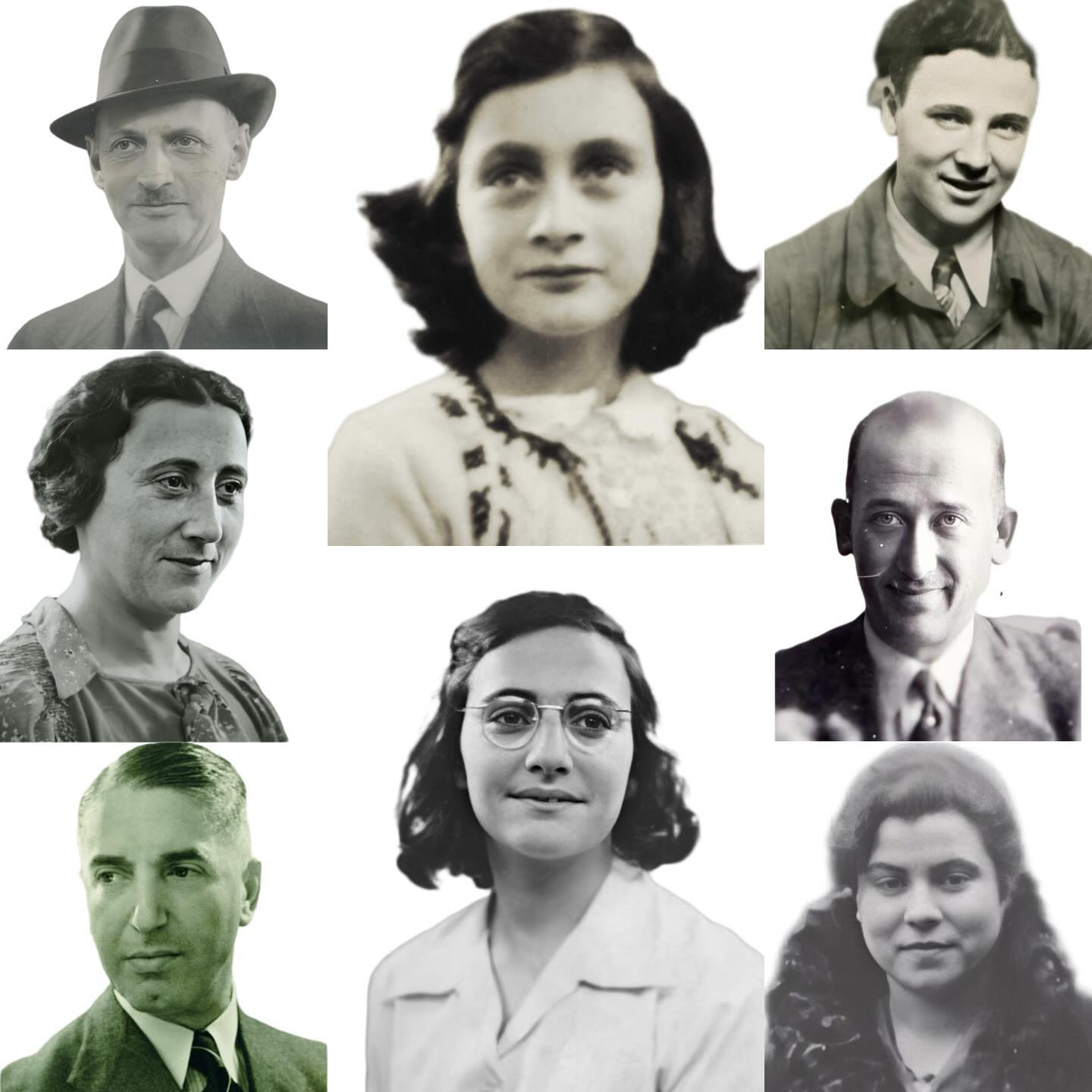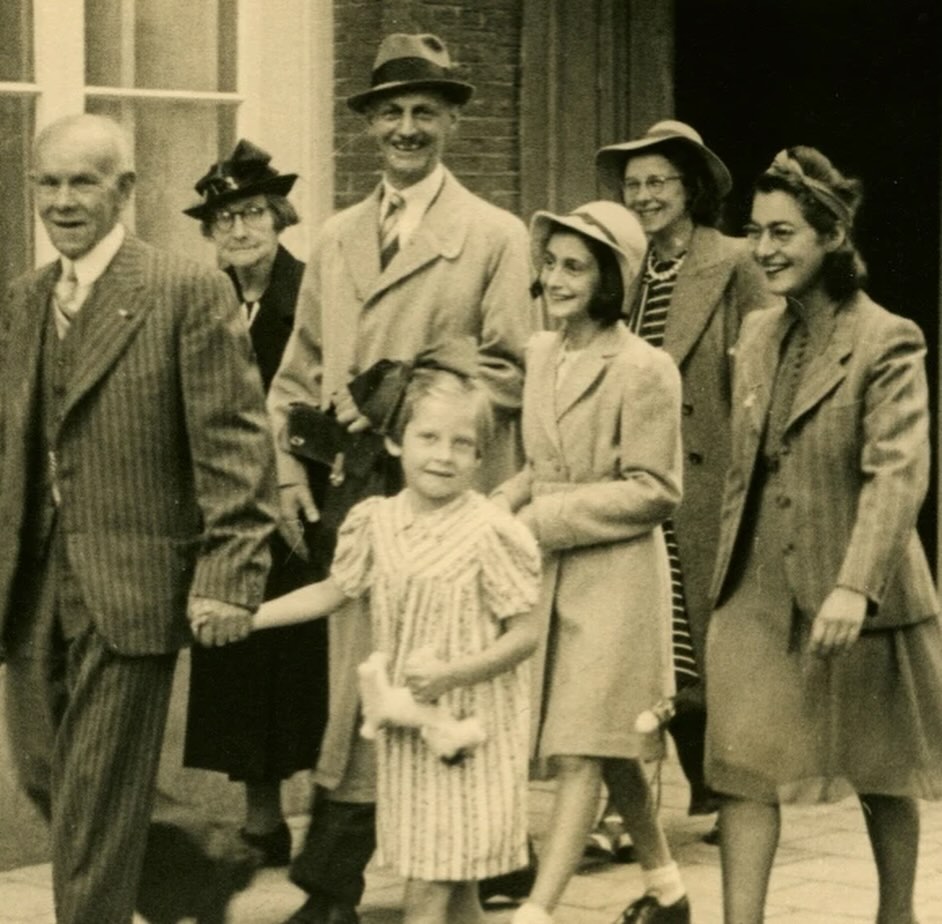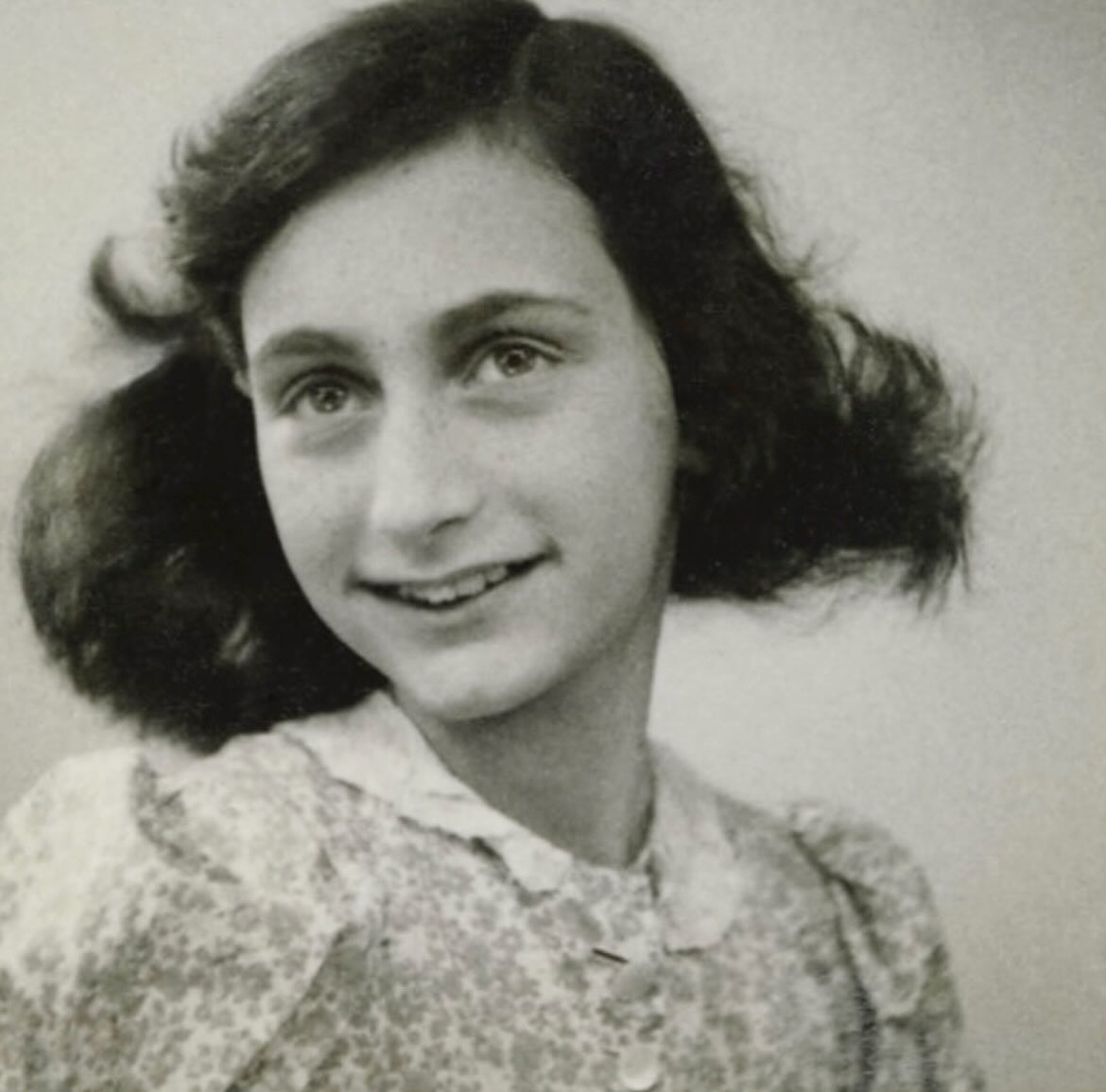The Illusion of Freedom

The morning of August 8, 1944, marked the end of the Frank family’s life in hiding. In the early hours, they were taken from the Secret Annex and transported by tram to Amsterdam’s central station, along with about eighty other prisoners. Anne and Margot, dressed in sporty clothes with sweatsuits and backpacks, were as ready as they could be for a journey into the unknown.
Their transport was not a cattle car, but a regular passenger train, a small detail that made the journey all the more agonizing. Though the doors were bolted, Anne was able to press her face against the window and watch the world fly by. Outside, it was a beautiful summer day, and the green meadows, golden stubble fields, and peaceful villages passed in a blur. For a girl who had been confined to a few small rooms for two years, this was a sight that filled her with a terrible mix of joy and sorrow. Her father, Otto Frank, later recalled that for Anne, “it was like freedom.”

But the illusion of freedom was short-lived. After more than four hours, the train arrived at Westerbork, a transit camp in Drente. Upon arrival, the family was immediately registered and sent to the punishment barracks, a segregated section of the camp reserved for Jews who had not reported voluntarily. They were stripped of their clothes and given blue overalls with red shoulder pieces and a yellow star with the word “Jew” on it. The men’s heads were shaved and they were given wooden shoes. Life in Westerbork was a brutal reality of forced labor and constant dehumanization.
This journey, which began with a glimmer of hope and a view of the free world, was a brutal transition from a life in hiding to a life in a concentration camp, a journey that stripped them of their dignity and their freedom.
